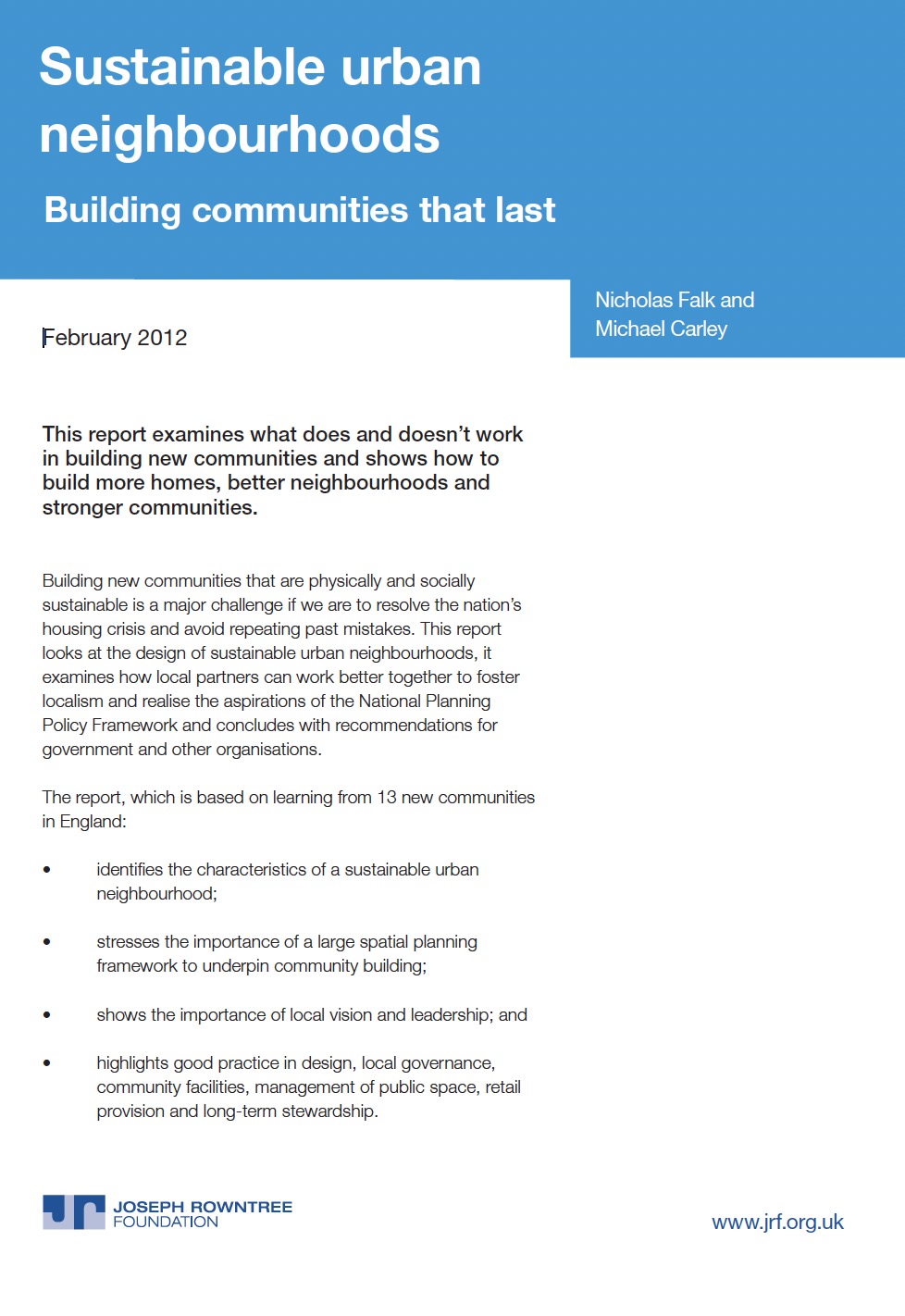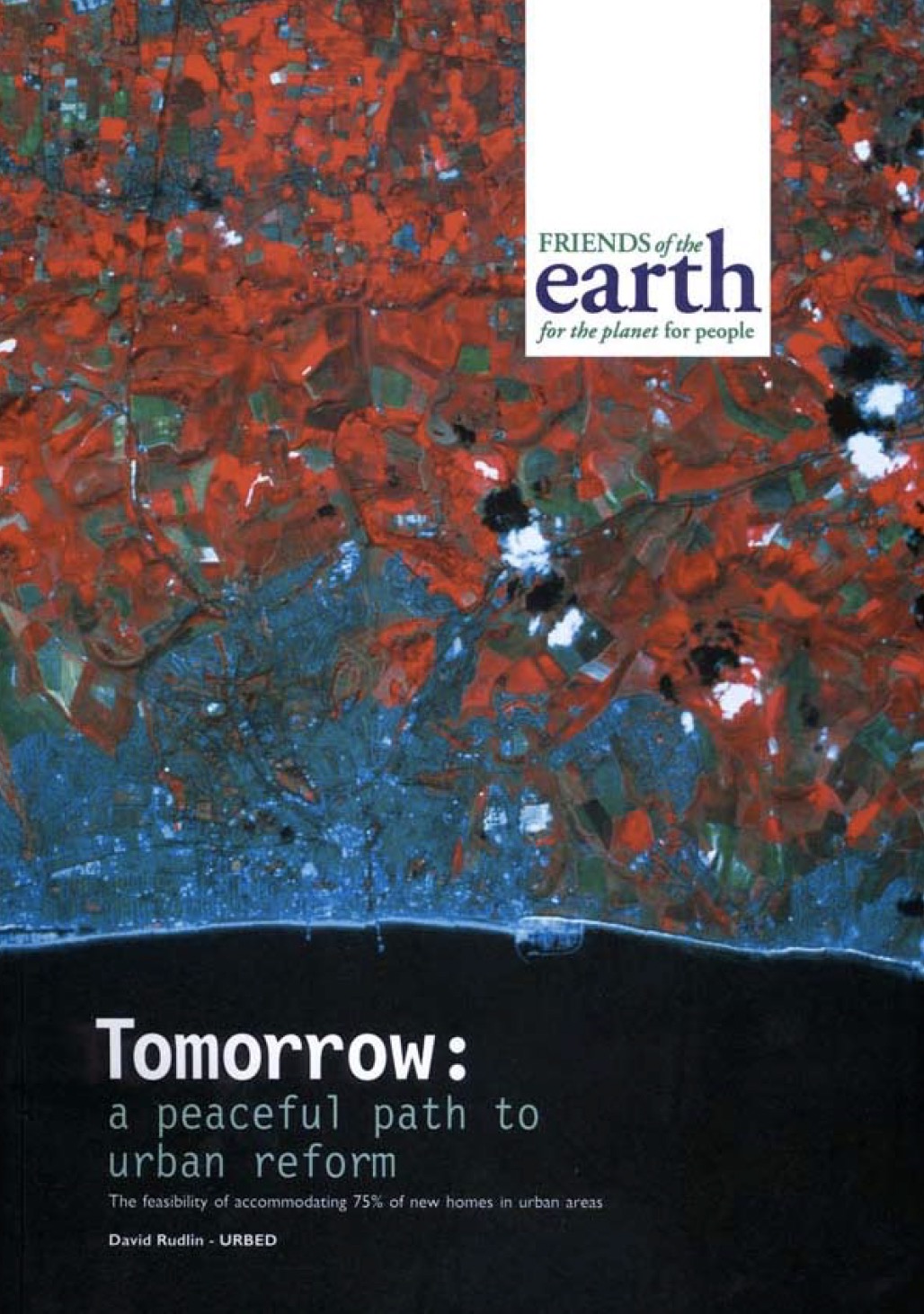The Beyond Decent Homes Standard is designed to set social housing on a course to support delivery of the UK’s Low Carbon Transition Plan in which the Government expects the domestic sector to deliver a greater share of emissions reductions, of at least 29% on 2008 levels by 2020, with proposals that all homes undergo a ‘whole house package’ of improvements by 2030.
But it is about more than just carbon reduction. It is about continuing the drive for improvement started by the Decent Homes programme. Whilst substantial modernisation has taken place, new priorities mean that the ‘thermal comfort’ criteria no longer goes far enough. Never intended to be more than a minimum performance standard it has meant that opportunities may have been missed to comprehensively tackle fuel poverty.
The Beyond Decent Homes Standard has three components, each of which have been designed and tested in conjunction with the project partners in order to take them ‘beyond decent homes’. They are:
Standard for improvement: The performance standards and requirements for a ‘Beyond Decent Homes’ property under four categories;
Framework of benefits: The framework for capturing the wider benefits of investment to the benefit of tenants, landlords and the local economy;
Implementation plan: The plan for programming investment in order to meet the 2016, 2020 and 2025 milestones;
Only by seeing the low carbon transition as a staged investment programme can the wider benefits to both tenants and landlords be realised, and the impact of the spend captured to the benefit of the local economy.
The Standard is supported by an evidence base consisting of eight case studies. Each case study was used to test and develop the overall approach. Technical Datasheets and a Specification Digest for the case studies are presented as appendices to the Standard.





